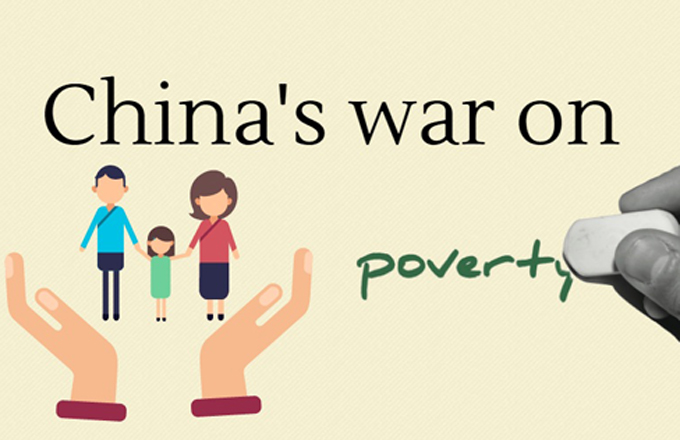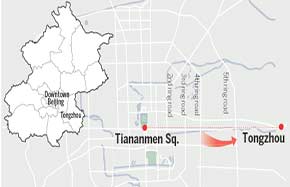Hepatitis C therapy to be improved
Hepatitis C patients in China will soon be able to access direct-acting antiviral treatments, which can thoroughly cure the liver infection, a senior liver disease specialist said.
"Several DAA medicines are expected to get approval from the top drug authority and enter the Chinese market early next year, which will bring China's hepatitis C treatment in line with international mainstream practices," said Wei Lai, president of the Chinese Society of Liver Diseases of the Chinese Medical Association.
Currently, most Chinese patients are on injection interferon therapy, which takes longer and may cause serious reactions for some recipients.
DAA, by contrast, is taken orally and can usually get rid of the virus and cure the disease in about 12 weeks.
A patient surnamed Bai is one of those who cannot handle the major side effects from interferon treatment. To survive, he bought DAA drugs from overseas and was cured last year.
DAA medicines have been readily available elsewhere worldwide for many years. But the country with the most patients has no such drugs largely due to "complex and lengthy drug registration processes", according to WHO China Representative Bernhard Schwartlander.
In April, the China Food and Drug Administration announced an acceleration of the registration for DAA.
"That's encouraging, and Chinese patients will be able to access world-class treatments at home," Bai said.
Bai contracted the hepatitis C virus in the late 1980s via a blood transfusion. Viral screenings for hepatitis C and HIV were not integrated into the nation's blood donation drives until 1993, and a number of people became infected from blood transfusions in the late '80s and early '90s, Wei said.
"A majority of Chinese hepatitis C patients were infected during that period and they have now begun to develop cirrhosis of the liver and cancer," he said.
China has about 10 million people with hepatitis C - the highest worldwide - with nearly 60 percent of them becoming infected via blood-related procedures, statistics from the National Health and Family Planning Commission showed.
Other high risk procedures include dental services, endoscopy and dialysis, Wei said.
He urged the government to consider covering DAA under the health insurance program to improve patient access.
"Over the long run, it's cost effective, because treatment for cirrhosis of the liver and cancer costs much more," he said.



















